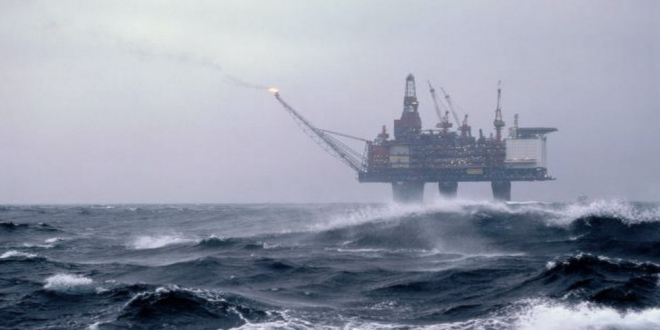Additional investments in development of the Northern Sea Route in 2022 are planned at 4 billion rubles ($55 million). The money will be used for construction of the Utrenniy LNG terminal at the Arctic port Sabetta, reads a memorandum on Russia’s draft budget for 2022-2024. TASS has a copy of the document.
“The changed financial parameters for the federal project “Development of the Northern Sea Route” are caused by bigger budget investments in 2022 in the amount of 4,073.8 million rubles to complete the construction of the Utrenniy gas terminal for liquefied natural gas and cumulative gas condensate in 2022 and by reduced investments in 2024 in the amount of 10,510.4 million rubles ($144 million) to redistribute the financial means for construction of the Lider 10510 nuclear-powered icebreaker,” the document reads.
According to the memorandum, 16.14 billion rubles ($222 million), reserved for the 2024, will be used for implementation of the “Development of the Northern Sea Route” federal project in compliance with decisions by the Russian government.
In November 2020, reports said the Utrenniy terminal, constructed under the Arctic LNG-2 project, was ready by 69%.
Arctic LNG-2 is the second LNG project implemented by Novatek. It suggests the construction of three LNG liquefaction trains with a capacity of 6.6 million tonnes per annum each, as well as cumulative gas condensate production capacity of 1.6 million tonnes per annum. The project’s resource base is the Utrenneye field on the Gydan Peninsula (the Yamalo-Nenets Region). The first train is scheduled to be launched in 2023, the second and the third trains – in 2024 and 2026, respectively. Novatek (60%), Total (10%), CNPC (10%), CNOOC (10%) and a consortium of Mitsui and JOGMEC (10%) are participants of the project.
The Northern Sea Route is a shipping route and the main sea line in the Russian Arctic sector. It stretches along northern coasts of Russia across the seas of the Arctic Ocean (Barents, Kara, Laptev, East Siberian, Chukchi and Bering seas). The route consolidates European and Far Eastern ports of Russia and navigable river mouths in Siberia into a single transport system. The route’s length is 5,600 km from the Kara Strait to the Providence Bay.
 Iran Energy News Oil, Gas, Petrochemical and Energy Field Specialized Channel
Iran Energy News Oil, Gas, Petrochemical and Energy Field Specialized Channel




